Cleaning Lidar Data: Object Identification
Ghosts, fragments, reflections and munged objects are common defects in lidar data. How common? There’s no real answer to that question. It depends on the quality of the lidar, their number and pla...
Ghosts, fragments, reflections and munged objects are common defects in lidar data. How common? There’s no real answer to that question. It depends on the quality of the lidar, their number and pla...
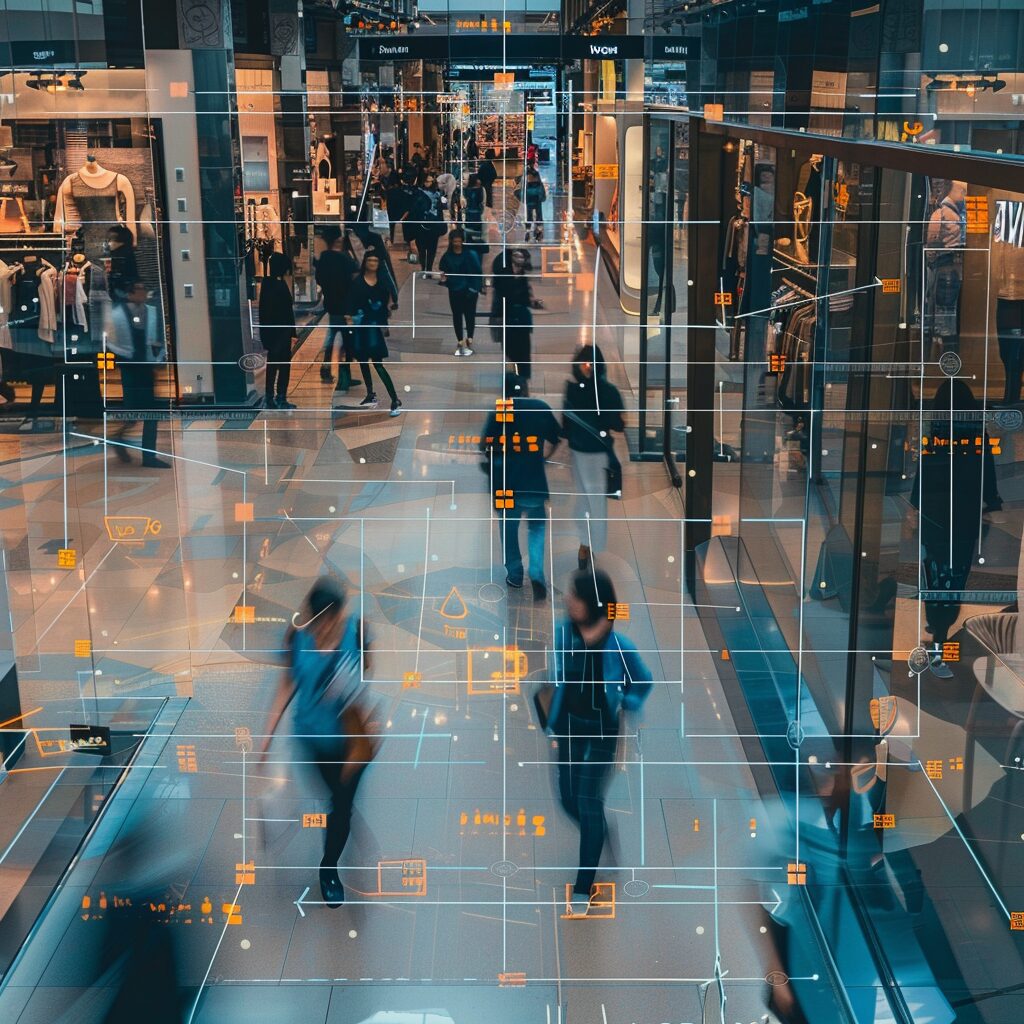
We started our ChatGPT/LLM integration process with a SQL generator and then followed that up with an insights generator based on specific reports a user pulled in the UI of our platform. Getting the...
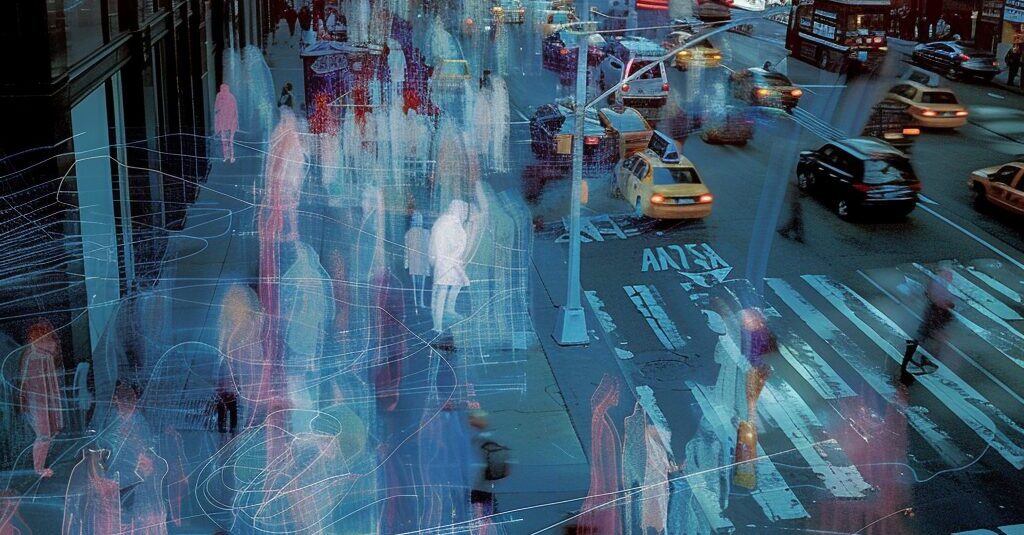
An Introduction to Lidar Data Cleaning In the last couple of years lidar has become a foundational technology in people measurement. Along with camera and electronics, it’s one of the thre...

While SQL generation was a good place to with our ChatGPT integration efforts, it was inherently limited as a use-case. Most people who need data have enough familiarity with SQL to get it (and most ...
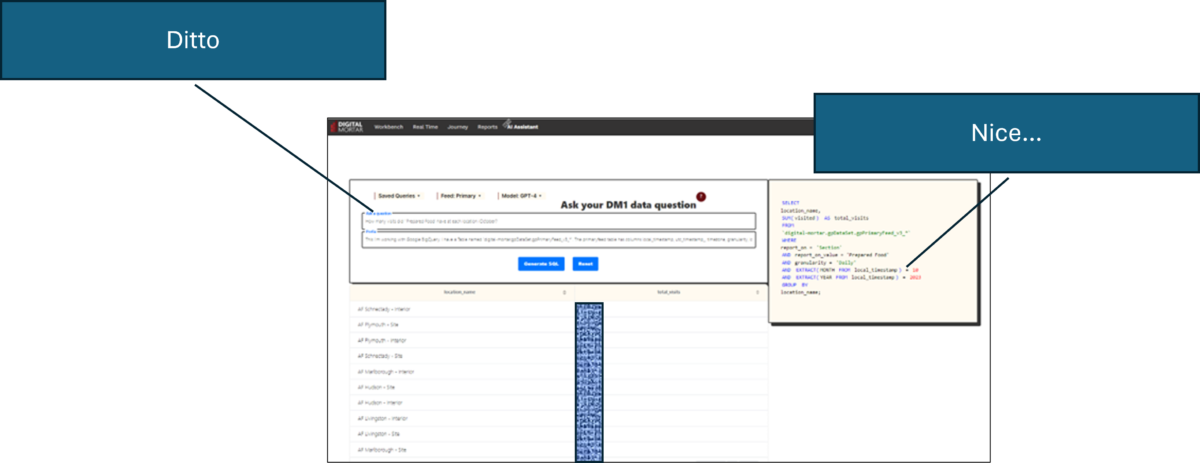
Like everyone managing a BI product, we spent a good chunk of last year working to integrate AI (and specifically ChatGPT) into our product. We worked on three levels: a SQL Generator to give people ...

Like every other technical product-person in the world, when ChatGPT emerged, I was cranking through ideas for how it impacted our product and how it could be used. ChatGPT was revelatory bo...
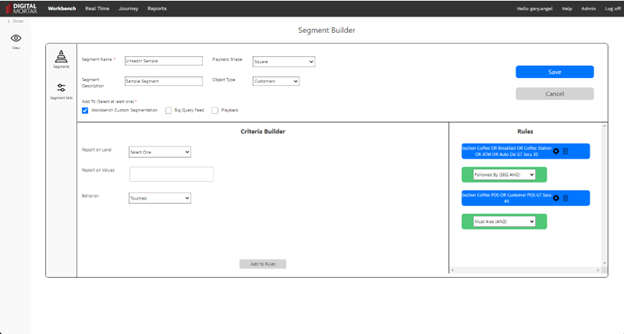
The design of a segmentation scheme relies on the art of a practitioner. That art can be replaced by data-driven techniques (like clustering), but even with clustering the number, naming and descript...
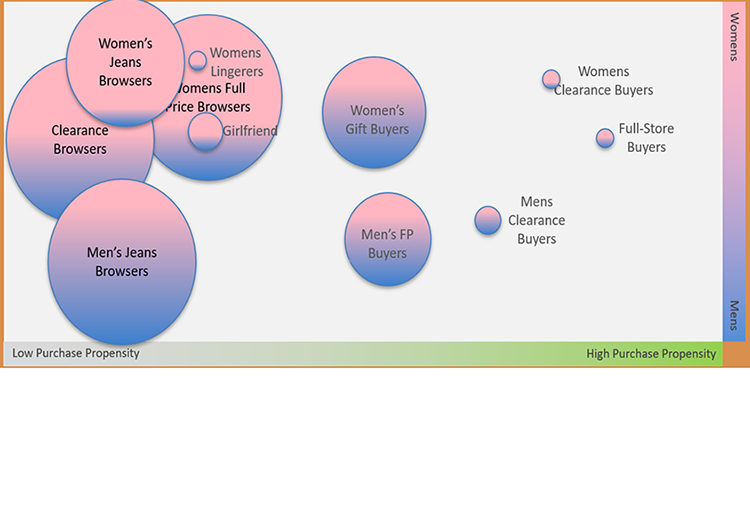
My last post described the concept of a Segment Set – a group of segments that classify all of the visits to a location. These segmentation sets are perfect for broad usage in enterprise reporting....
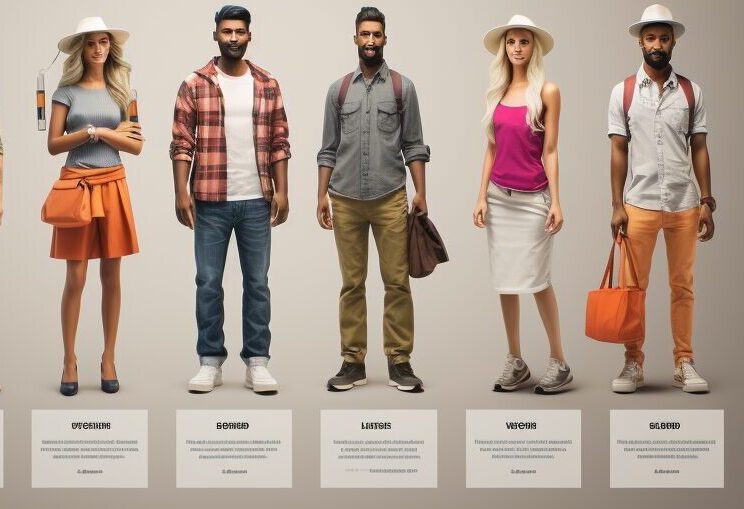
Individual segments let you identify, study and use specific behavioral patterns in your customers or users. That’s as true in digital as it is in physical people-measurement. Those segments ...